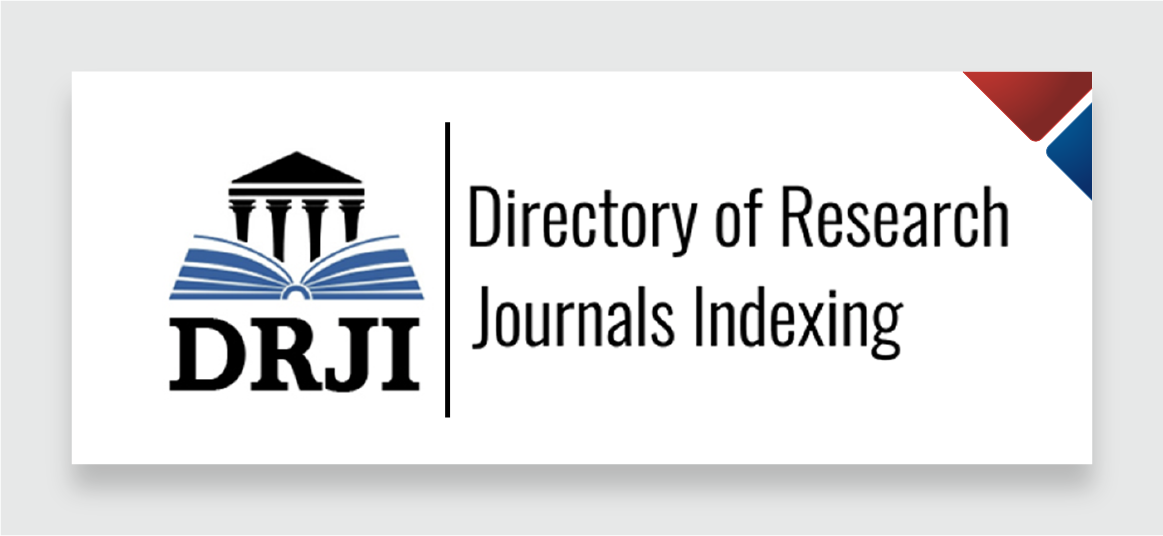How to Recognize and Overcome Pulmonary Hypertension Crisis During Patent Ductus Arteriosus Closure by Device in Adult
Abstract
BACKGROUND: Managing a patent ductus arteriosus (PDA) with severe pulmonary hypertension (PH) is challenging since closing the PDA can result in reduced cardiac output and right ventricular (RV) failure. The latest guideline for Adult Congenital Heart Disease (ACHD) stated it is harmful to close the defect in patients with pulmonary vascular resistance (PVR) ≤5 WU and flow ratio (FR) <1.5.
CASE ILLUSTRATION: A 37-year-old female was referred with cough, fever, low saturation, and murmur findings. After serial examination, she was diagnosed with large PDA and severe PH her peripheral saturation (SaO2) was 88%-89% and non-responder to acute vasoreactivity test. After a year of PH therapy, vasoreactivity showed a response to the vasoreactivity test and improved on clinical presentation with SaO2 91%-92%. Patient fell in to PH crisis condition during the procedure of device closure, prostacyclin analogue intravenous (IV) and phosphodiesterase inhibitors inhalation was administered, and the procedure was carried on. The device was successfully implanted, and the patient had SaO2 97% in all four extremities before discharge.
CONCLUSION: With established PH therapy, PDA with severe PH can underwent PDA closure by device with satisfying outcome.
Keywords
Full Text:
PDFReferences
Chiu SN, Lu CW, Lin MT, Chen CA, Wu MH, Wang JK. Pulmonary Hypertension in Adult Congenital Heart Disease in Asia: A Distinctive Feature of Complex Congenital Heart Disease. J Am Heart Assoc. 2022;11(7). doi:10.1161/JAHA.121.022596
Galiè N, McLaughlin V V., Rubin LJ, Simonneau G. An overview of the 6th World Symposium on Pulmonary Hypertension. In: European Respiratory Journal. Vol 53. European Respiratory Society; 2019. doi:10.1183/13993003.02148-2018
Zhou Z, Gu Y, Zheng H, et al. Interventional Occlusion of Large Patent Ductus Arteriosus in Adults with Severe Pulmonary Hypertension. J Clin Med. 2023;12(1). doi:10.3390/jcm12010354
Humbert M, Kovacs G, Hoeper MM, et al. 2022 ESC/ERS Guidelines for the diagnosis and treatment of pulmonary hypertension. Eur Heart J. 2022;43(38):3618-3731. doi:10.1093/eurheartj/ehac237
Baumgartner H, de Backer J, Babu-Narayan S V., et al. 2020 ESC Guidelines for the management of adult congenital heart disease. Eur Heart J. 2021;42(6):563-645. doi:10.1093/eurheartj/ehaa554
Niu MC, Mallory GB, Justino H, Ruiz FE, Petit CJ. Treatment of severe pulmonary hypertension in the setting of the large patent ductus arteriosus. Pediatrics. 2013;131(5). doi:10.1542/peds.2011-1417
Brunner N, de Jesus Perez VA, Richter A, et al. Perioperative pharmacological management of pulmonary hypertensive crisis during congenital heart surgery. Pulm Circ. 2014;4(1):10-24. doi:10.1086/674885
Majure DT, Greco T, Greco M, et al. Meta-analysis of randomized trials of effect of milrinone on mortality in cardiac surgery: An update. J Cardiothorac Vasc Anesth. 2013;27(2):220-229. doi:10.1053/j.jvca.2012.08.005
Ovaert C, Thijs D, Dewoif,’ D, et al. The effect of bosentan in patients with a failing Fontan circulation. Cardiol Young. 1009;9:331-339. doi:10.1O17/S1O47951109990023
DOI: https://doi.org/10.21776/ub.hsj.2024.005.02.11
Refbacks
- There are currently no refbacks.
Copyright (c) 2024 Lukitasari Ayu Galuh, Heny Martini

This work is licensed under a Creative Commons Attribution 4.0 International License.









